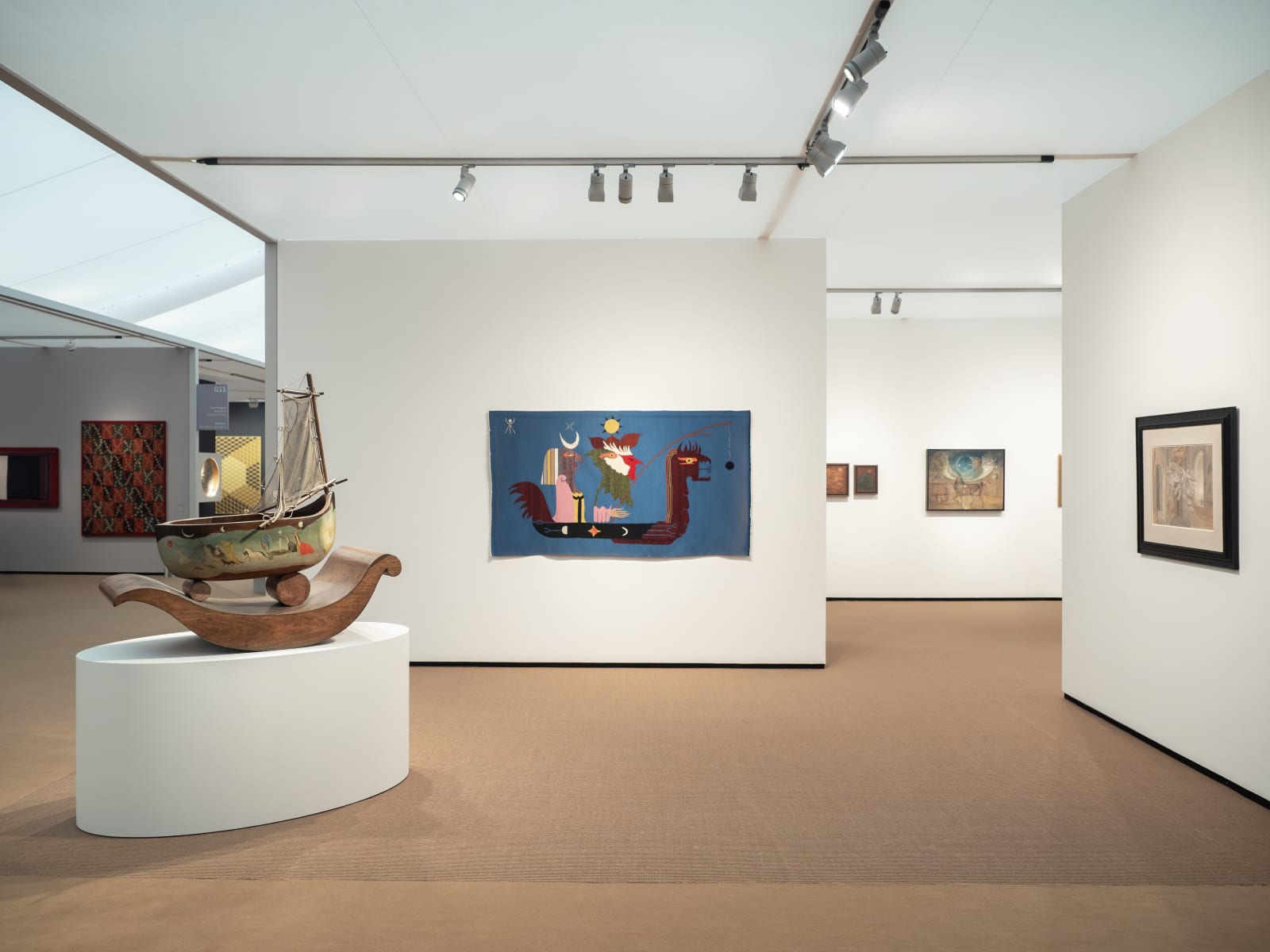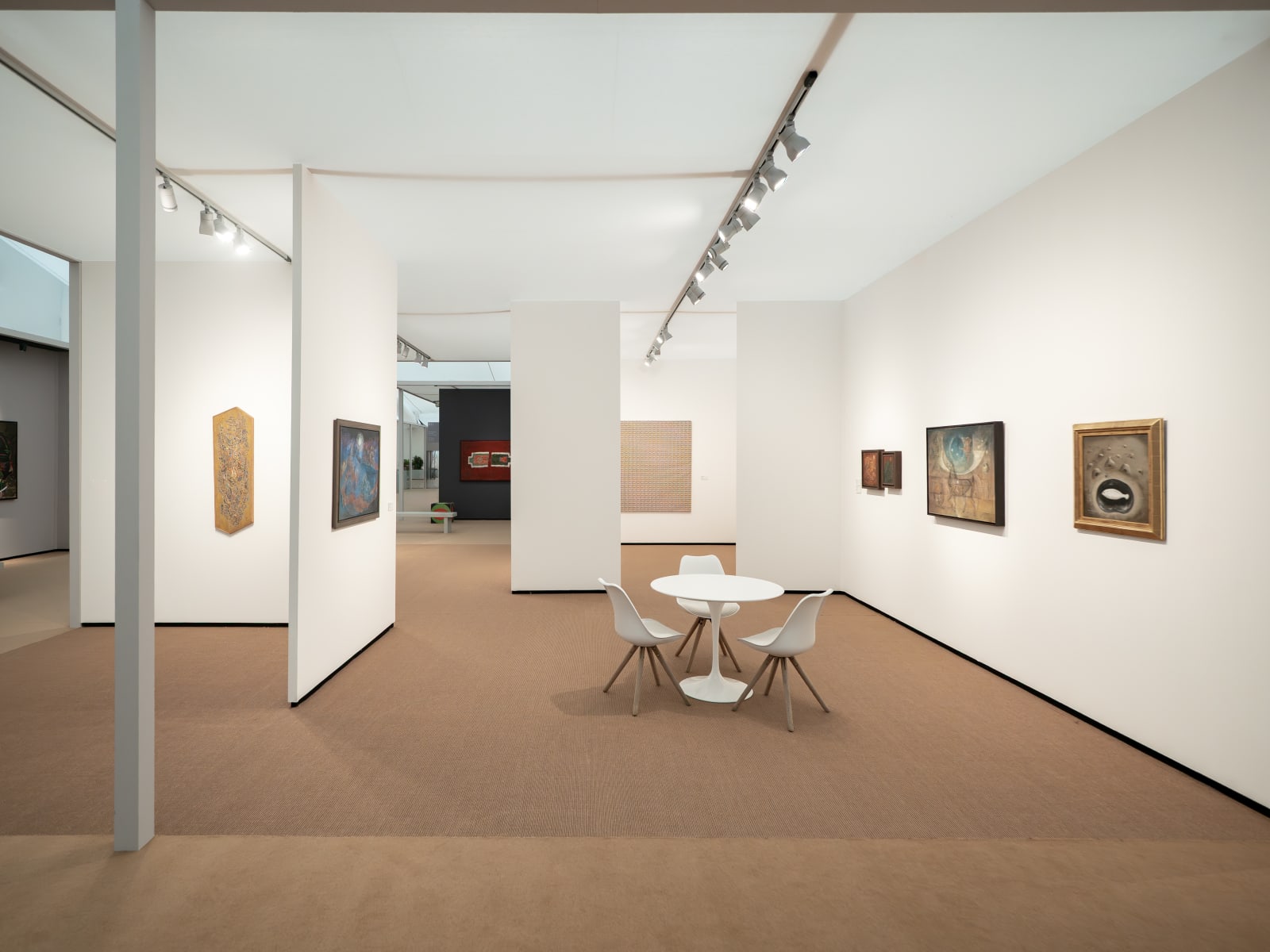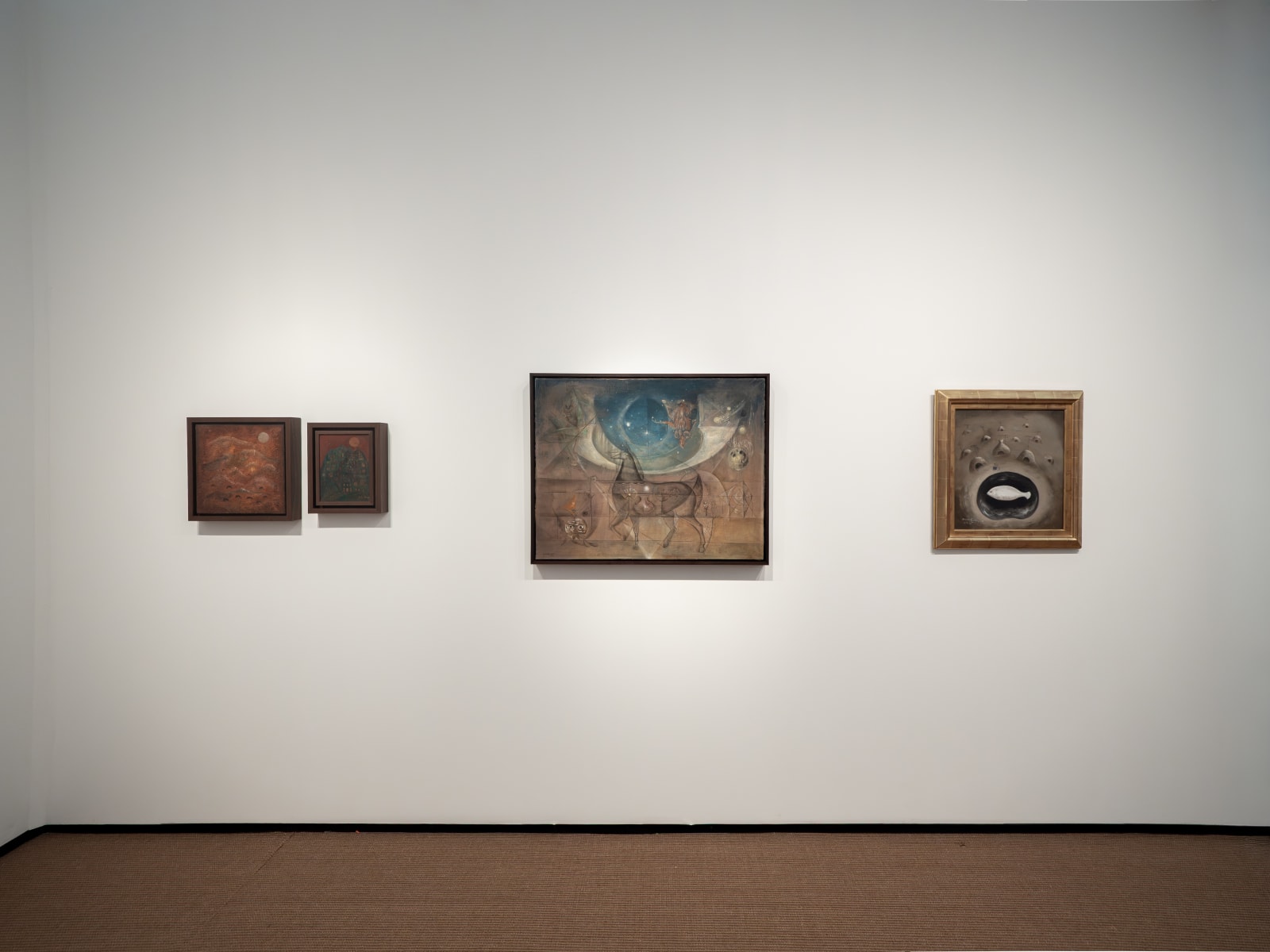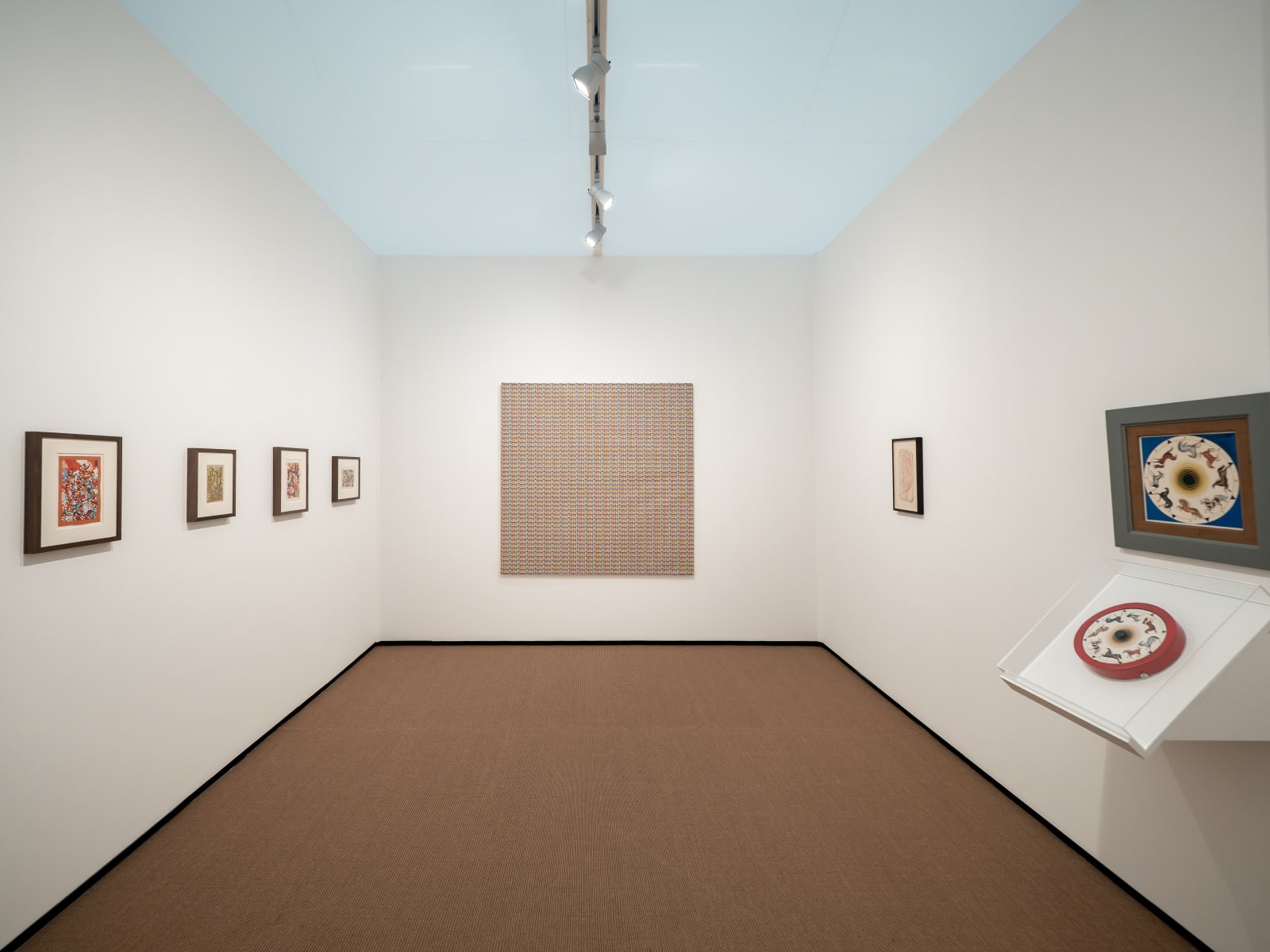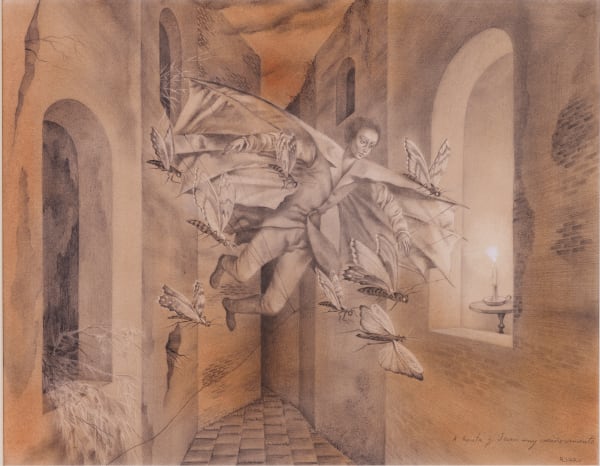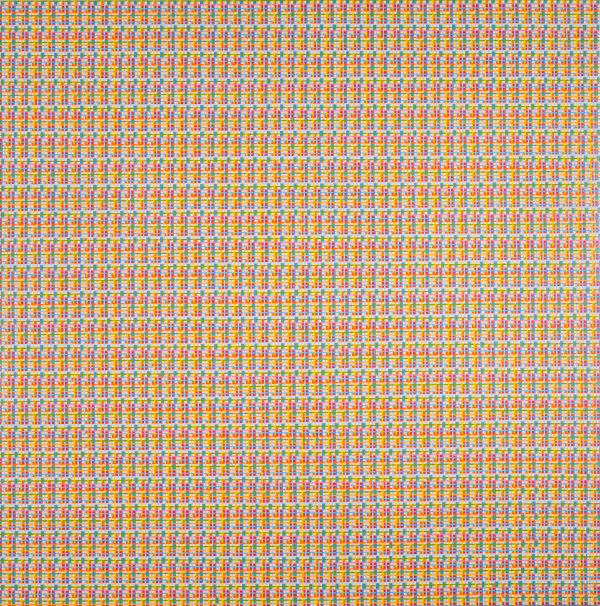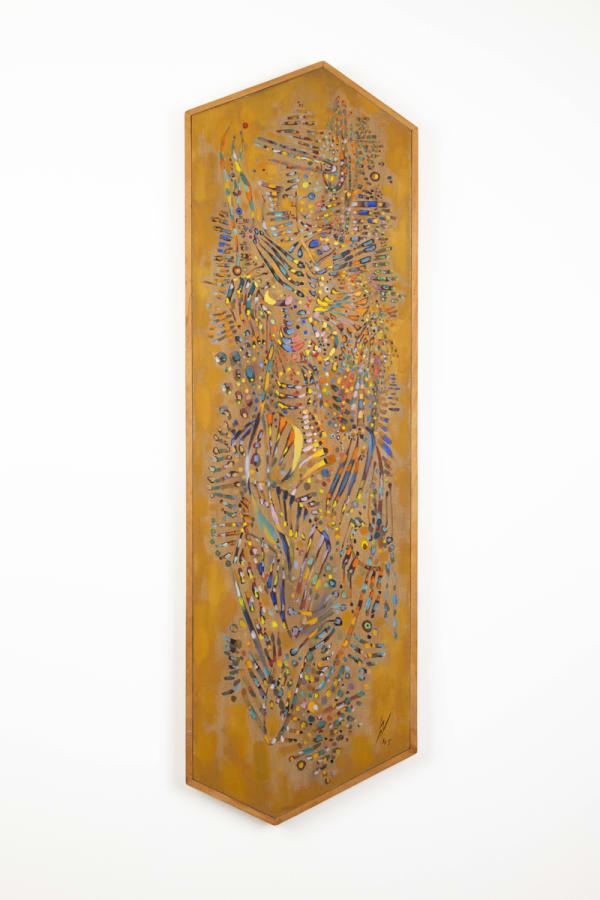Frieze Masters 2025 | Booth F17: Leonora Carrington, Wolfgang Paalen, Alice Rahon, Remedios Varo, and Peter Young

Gallery Wendi Norris is pleased to return to Frieze Masters in London with a presentation exploring how Mexico’s artistic traditions, cultural heritage, and varied landscape shaped 20th-century art. The booth features exceptional and rare works in a wide range of mediums by Leonora Carrington, Wolfgang Paalen, Alice Rahon, Remedios Varo, and Peter Young, artists whose practices were inspired by the time they lived in and visited Mexico.
Featuring paintings, oil on shaped canvas, textile, three-dimensional objects, and works on both paper and tree bark, the presentation is unified by these artists’ encounters with Mexico. Carrington, Paalen, Rahon, and Varo emigrated from Europe to Mexico, a move that imprinted their art—already suffused with traces of Surrealism’s legacy—with a spirit of cultural synthesis, while Young traveled to Mexico in part to build new artistic horizons. In moving beyond Western visual culture, these artists would carve a unique and durable way forward for modern art.
Leonora Carrington’s (1917 – 2011) untitled tapestry (c. 1948-1955) illustrates this artistic amalgamation in its reference to the Mesoamerican god, Quetzalcoatl, and fabrication by a family of master weavers from San Miguel Chiconcuac. Nearby, La cuna (c. 1945), Carrington’s exquisitely carved cradle in the form of a sailboat, pictorially depicts a fantastical hero’s journey, inspired by fairytales, myths, and the artist’s own boundless imagination.
Remedios Varo (1908 – 1963) emigrated to Mexico in 1941 to flee fascism’s rise in France and Spain, and her masterful work, Aprendiz de Ícaro (1959), acts as a bridge between Europe and her adopted home. Hearkening back to the tragic Greek myth of Icarus, she evokes her affinity for the work and traditions of the Old Masters, from Leonardo da Vinci to Francisco Goya, whose depictions of flying articulations are recontextualized for this cautionary tale. Varo’s deft use of sanguine also reveals her careful studies of the work of Leonardo, who famously used the material in his sketches.
Paintings by Alice Rahon (1904 – 1987) reveal the dramatic, and literal, impact that Mexico had on her art, as she infused her canvases with sand and pulverized volcanic stone. Rahon’s luminous La noche de Tepoztlán (1964) embodies her affinity for Mexico's sprawling landscapes—the rich tapestry of its histories and cultures, an ever-flowing font of inspiration in her practice.
In Ardah (1945), Wolfgang Paalen (1905 – 1959) produced a six-sided canvas, equally totemic and meditative, that hovers between figuration and abstraction and borrows motifs from East and West without belonging squarely in either tradition. Paalen, who would go on to found the influential Dynaton art movement as a rejection of Surrealism’s strictures, emphasized the philosophical depth and symbolic language of the Indigenous art of the Americas in his art and writings.
Illustrating the enduring influence of both Paalen and the artistic traditions of the Indigenous peoples of the Americas, the booth is complemented by an alcove featuring paintings and works on paper by the American artist Peter Young (b. 1940). Young immersed himself with the artists of the Dynaton movement—including Paalen, Lee Mullican, and Luchita Hurtado—and spent time with Paalen in Mexico in 1958. Inspired by the visual traditions he encountered in his travels, from Costa Rican art to Oaxacan weaving, Young distilled these sources into a distinct blend of lyrical and geometric abstraction.
